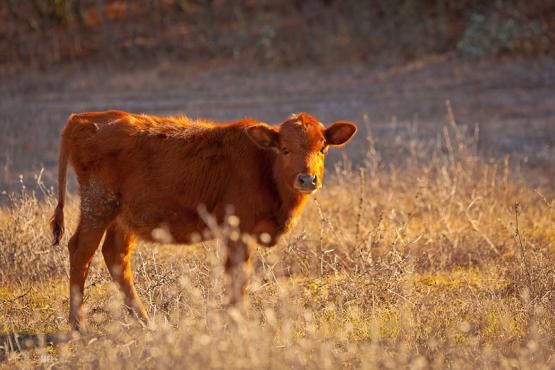Project Overview
Ukraine is one of the world’s leading livestock-breeding countries, but the profitability of livestock production is low, and since the 1990s a decline in meat production was matched by a parallel increase in milk production. Most primary production of livestock in Ukraine is smallholder-led. In the districts of the Northern Ukrainian Landscape, livestock production is high, which presents several environmental challenges as well as opportunities for expansion of environmentally sustainable models such as paludiculture. Agricultural production in Ukraine occurs entirely in the private sector, with most cattle owned by smallholders and by a number of larger cattle-owning holding companies that are owned or co-owned by foreign investors. Ukrainian livestock production enjoys a number of governmental supports and discounts throughout the value chain, and the government has committed to transformation of agriculture, restoration and conservation of ecosystems.
-
Commodity:
Livestock
-
Area Covered:
3,023,000 hectares
-
Executing Partner and GEF Implementing Agency:
United Nations Development Programme

Project features
The project will assist with land inventory. It will aim to ensure collaboration between various baseline programs and their managing institutions, including elaboration and adoption — where needed — of government policies to support farmers and agricultural enterprises in wet cattle management or better standards of cattle management in forest-steppe zones.
This will help ensure that threats to land and associated management responses are considered at the landscape level and are not driven solely by short-term economic needs. Enhancing the awareness of private sector, farmers, water engineers, conservationists, government and the general public of the benefits of paludiculture and other sustainable livestock management approaches are key targets.
The project will also concentrate on prevention of encroachment on high conservation value ecosystems within this mosaic landscape, aiming to retain the services they provide. It will identify and create a network of areas, which may include protected areas but also areas of high value that currently have no nationally recognized protected status.
The project will invest in restoration of ecosystems. In addition, related components will focus on viable restoration techniques and better livestock management standards to improve ground-water tables in the target region.

Crimea Mountains. By Irene Mei. Used under Creative Commons license.







